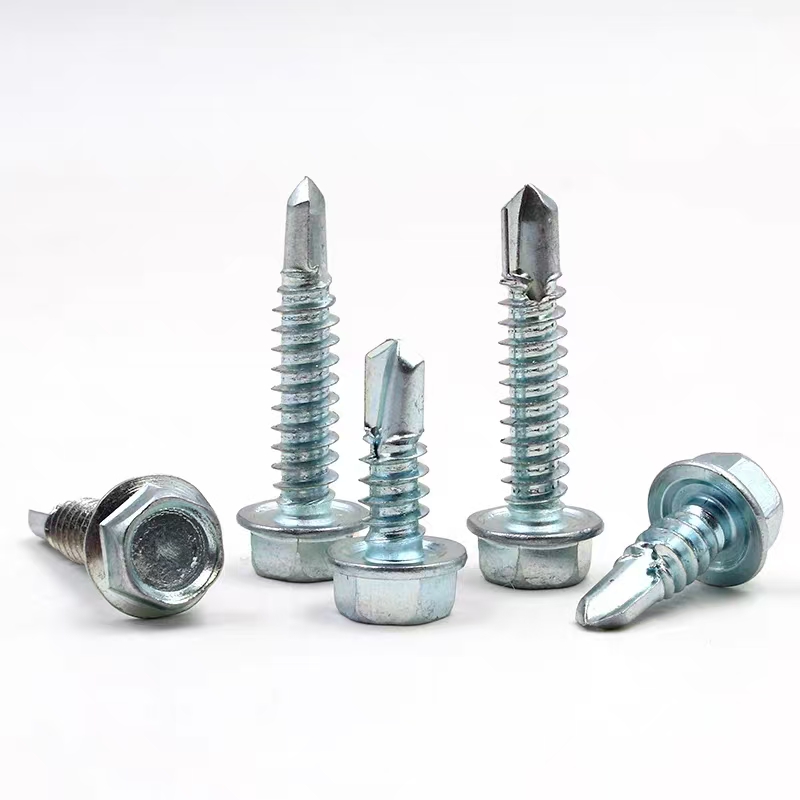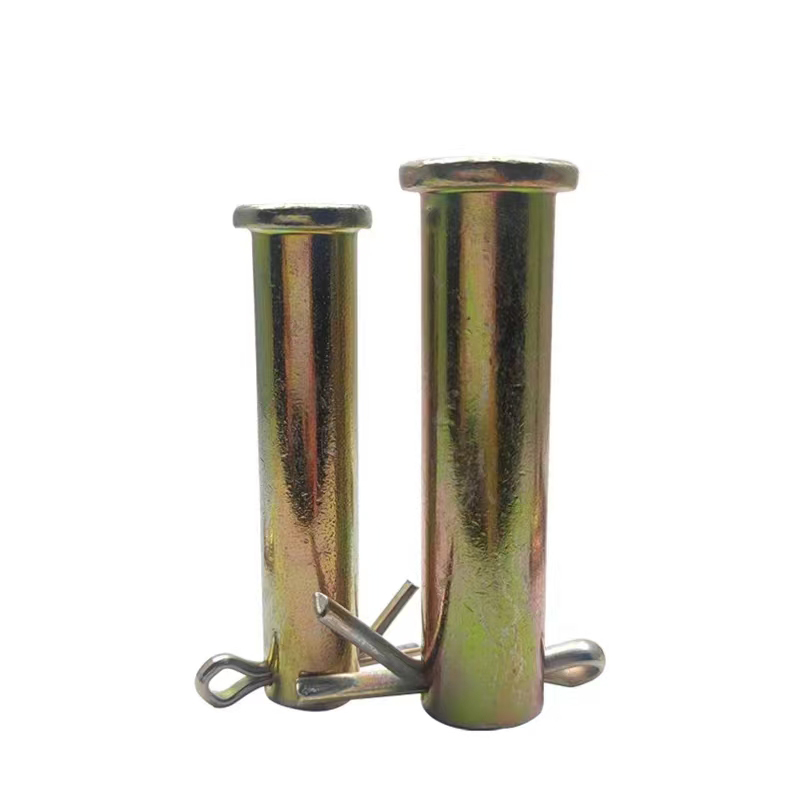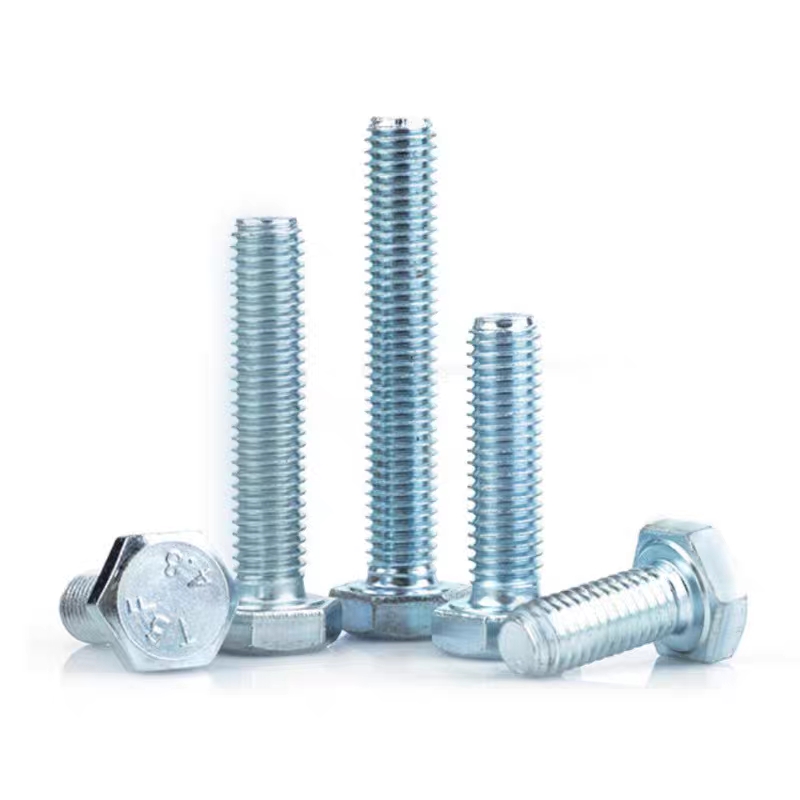- Chinese
- French
- German
- Portuguese
- Spanish
- Russian
- Japanese
- Korean
- Arabic
- Irish
- Greek
- Turkish
- Italian
- Danish
- Romanian
- Indonesian
- Czech
- Afrikaans
- Swedish
- Polish
- Basque
- Catalan
- Esperanto
- Hindi
- Lao
- Albanian
- Amharic
- Armenian
- Azerbaijani
- Belarusian
- Bengali
- Bosnian
- Bulgarian
- Cebuano
- Chichewa
- Corsican
- Croatian
- Dutch
- Estonian
- Filipino
- Finnish
- Frisian
- Galician
- Georgian
- Gujarati
- Haitian
- Hausa
- Hawaiian
- Hebrew
- Hmong
- Hungarian
- Icelandic
- Igbo
- Javanese
- Kannada
- Kazakh
- Khmer
- Kurdish
- Kyrgyz
- Latin
- Latvian
- Lithuanian
- Luxembou..
- Macedonian
- Malagasy
- Malay
- Malayalam
- Maltese
- Maori
- Marathi
- Mongolian
- Burmese
- Nepali
- Norwegian
- Pashto
- Persian
- Punjabi
- Serbian
- Sesotho
- Sinhala
- Slovak
- Slovenian
- Somali
- Samoan
- Scots Gaelic
- Shona
- Sindhi
- Sundanese
- Swahili
- Tajik
- Tamil
- Telugu
- Thai
- Ukrainian
- Urdu
- Uzbek
- Vietnamese
- Welsh
- Xhosa
- Yiddish
- Yoruba
- Zulu
- Kinyarwanda
- Tatar
- Oriya
- Turkmen
- Uyghur

Hoop
The Art and Science of Harnessing the Hoop
When it comes to precision fabrication or structural integrity, the role of the hoop is surprisingly critical. Despite its simple appearance, this humble component requires an exact balance between function and form—a task easier said than done. But what are the real considerations when designing or selecting the right hoop? Here’s what someone immersed in the field might explore and weigh.
Understanding the Basics of the Hoop
In industry, the hoop often serves as a connector, a fastener, or a support structure. The challenge lies not just in selecting a piece that fits but one that performs under diverse conditions. A rookie mistake is assuming uniform strength in any circular form. Different materials and manufacturing processes yield varied outcomes.
A perfect example comes from my early work with Handan Zitai Fastener Manufacturing Co., Ltd., based in Hebei Province, China. They emphasize quality in their production, partly because their facilities are strategically situated near major transportation routes like the Beijing-Guangzhou Railway. It's a factor that enhances logistical efficiency, allowing for a quick turnaround on high-grade products.
Misunderstandings often arise concerning material composition. Believe it or not, not all steel is created equal. Metallurgical properties can affect how a hoop behaves under stress and temperature variations. I've seen projects falter due to overlooked chemical compositions, manifesting as unexpected brittleness or corrosion.
Manufacturing Processes Matter
One nuanced aspect often lost on the inexperienced is the significance of manufacturing techniques. Forging, casting, and stamping each impart unique characteristics to a hoop. Forged hoops, for instance, are typically more resilient due to grain flow created during the metalworking process.
Handan Zitai Fastener Manufacturing Co., Ltd. thrives because they optimize these processes. At their facility, close to key highways like the Beijing-Shenzhen Expressway, efficiency isn't just about location—it's embedded in the workflow. They’ve wisely chosen methods that match product demands, favoring techniques that bolster durability and precision.
Failure scenarios I've witnessed usually stem from cutting corners in this area. When cost-saving measures dictate weaker production techniques, the results are predictably subpar, leading to costly re-makes or worse, structural failures in application.
The Role of Design in Hoop Success
Design is another critical pillar. A mere millimeter discrepancy can spell success or disaster. Precision engineering means obsessing over dimensional tolerances that are often microscopic yet significant. This is no different at Handan Zitai, where my colleagues practice a fine-tuned tradition of quality control.
Real-world case? We once encountered an issue with an overseas client—their design specs overlooked thermal expansion. A tiny oversight during CAD modeling caused real-world headaches, necessitating emergency redesigns. Such is the importance of a meticulous design phase.
Adaptability is key. Customization options, often underrated, provide flexibility. At Handan Zitai, being able to modify designs quickly has been a lifesaver more than once, proving that the best blueprints can sometimes arise from unexpected necessity.
Logistical Considerations
Shipping and handling are sometimes underestimated in their impact on the hoop's condition upon delivery. A solid design and well-chosen materials can still face jeopardy during transportation.
Handan Zitai’s strategic proximity to national transport nodes, such as National Highway 107, is more than a footnote—it’s a core asset. This reduces potential harm during transit, ensuring products arrive as crafted. It's an advantage you can't overstate.
A rookie mistake is ignoring this step, believing durability to be an innate trait, instead of one carefully maintained through logistical oversight. A well-designed hoop, improperly handled, can still suffer chipping, warping, and worse.
Real-world Testing and Feedback
The final yet ongoing element is assessment and iteration. Real-world applications often reveal insights no design software can predict. A hoop might face conditions more extreme than anticipated, necessitating on-the-fly adjustments.
Product adjustments are part of the culture at Handan Zitai. Feedback isn’t merely valuable—it’s a mandate. Listening to clients who use these hoops daily has benefited not only the end-users but also the development team back at Handan. The constant loop of feedback and improvement cannot be overstated.
In sum, understanding the multifaceted role of the hoop requires expertise, yes, but also an openness to learn from unexpected sources. While the product may appear simple, mastery lies in balancing all these variables seamlessly. This approach has driven achievements at Handan Zitai and continues to inform best practices across the industry.
Related products
Related products
Best selling products
Best selling products-
 Black zinc plated hinge bolts
Black zinc plated hinge bolts -
 Basket bolts
Basket bolts -
 Electrogalvanized nuts
Electrogalvanized nuts -
 Butterfly bolts
Butterfly bolts -
 Electro-galvanized hexagonal drill thread
Electro-galvanized hexagonal drill thread -
 Colored zinc-plated cross countersunk drill thread
Colored zinc-plated cross countersunk drill thread -
 Umbrella handle anchor (J-type anchor bolt/umbrella handle embedded bolt)
Umbrella handle anchor (J-type anchor bolt/umbrella handle embedded bolt) -
 Hexagon socket hot-dip galvanized bolts
Hexagon socket hot-dip galvanized bolts -
 U-bolts
U-bolts -
 Electrogalvanized cross countersunk drill thread
Electrogalvanized cross countersunk drill thread -
 Colored zinc-plated pins
Colored zinc-plated pins -
 High-strength blackened nuts
High-strength blackened nuts












